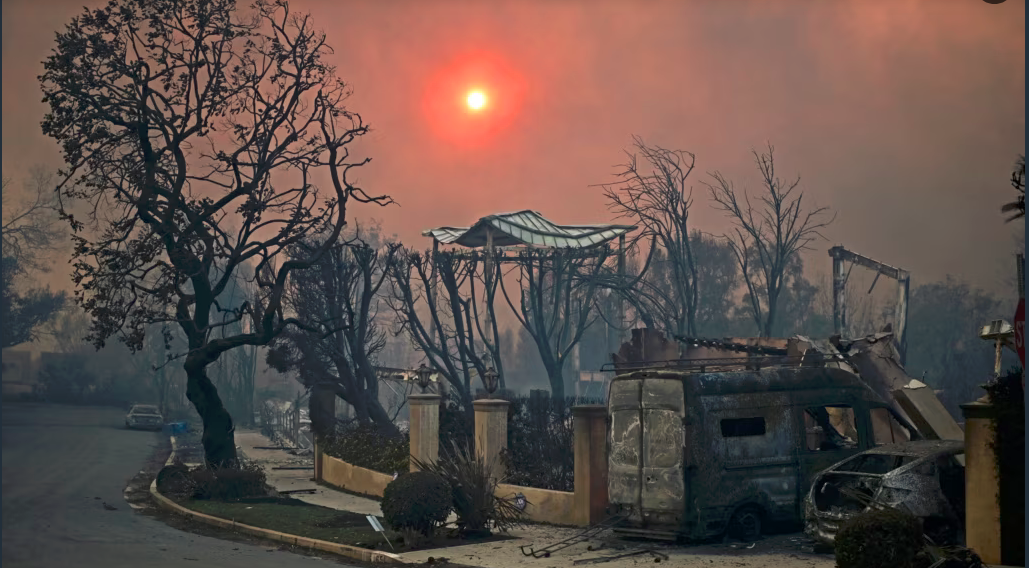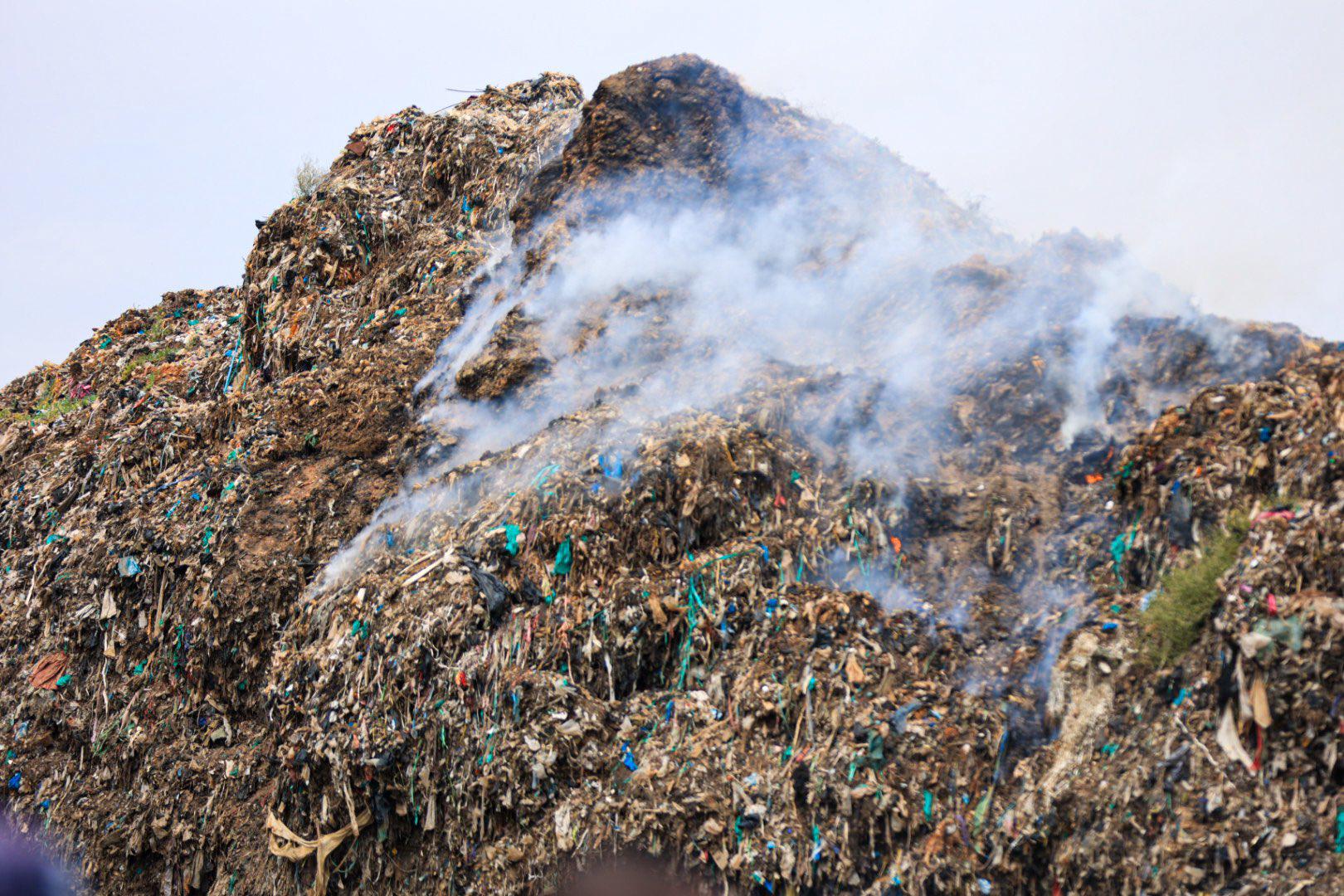Diana Kibuuka
Wildfires are unplanned fires that burn in forests, grasslands and other ecosystems, and they can start with a natural event like a lightning strike, or by accident as the result of human activity. Campfires, discarded cigarettes, and electrical equipment like downed power lines all spark wildfires.
But climate change, along with poor ecosystems management, can make environments more susceptible to burning. Severe heat and drought, which are worsening due to climate change, can fuel wildfires.
Hotter temperatures evaporate more moisture from soil and vegetation, drying out trees, shrubs and grass and turning leaf litter and fallen branches into kindling.
What does a hotter planet mean for wildfires?
Climate change affects wildfires by exacerbating the hot, dry conditions that help these fires catch and spread.
As global temperatures rise, the size, frequency and severity of wildfires is expected to increase in the years ahead, according to research from different weather and climate experts.
Parts of the world are already experiencing increases in weather conducive to wildfires. And in places from California to the Siberian Arctic, they are experiencing record-breaking wildfires.
Clare Nullis the World Meteorological Organization spokes person noted that Climate change, including increased heat, extended drought and a “thirsty” atmosphere have been a key driver of increasing the heat and extent of wildfires in the Western United States during the last two decades – She emphasizes the importance of early warnings.
Wildfires And Air Quality
As climate change increases wildfire risks, concerns about dangerous air quality from wildfire smoke are growing, too. Air pollution from wildfires can travel thousands of miles, as it did in 2023, when parts of the East Coast of the United States were shrouded in smoke from wildfires in Canada’s boreal forest.
Environmental Defense Fund scientist, Tammy Thompson explains that, the heat from these larger fires send smoke, black carbon, nitrogen oxides and hydrocarbons into the atmosphere, where they can react and form other harmful pollutants, such as ozone.
“Often, the larger fires have enough heat and upward momentum to send their plumes into the free troposphere — above the ground-level layer of air — where there are fewer removal pathways and stronger upper-level winds. This is one reason they can travel such long distances”, He adds.
Thompson notes that when large wildfires destroy towns, they burn homes and other structures containing human-made materials that can release even more toxic pollutants, making air quality even worse.
Air pollution from wildfires can cause and worsen cardiovascular and respiratory problems, including asthma attacks. Children, pregnant people, older adults and people with chronic conditions like heart disease or asthma are particularly vulnerable to the health effects of wildfire smoke.
2024 the Hottest Year On Record
The Earth reached its warmest year on record in 2024, according to data from the European Union’s Copernicus Climate Change Service, Europe’s leading environmental monitoring program.
Global average temperatures for 2024 were around 1.6C above those of the pre-industrial period – the time before humans started burning large amounts of fossil fuels – according to Copernicus data.
This breaks the record set in 2023 by just over 0.1C, and means the last 10 years are now the 10 warmest years on record.




